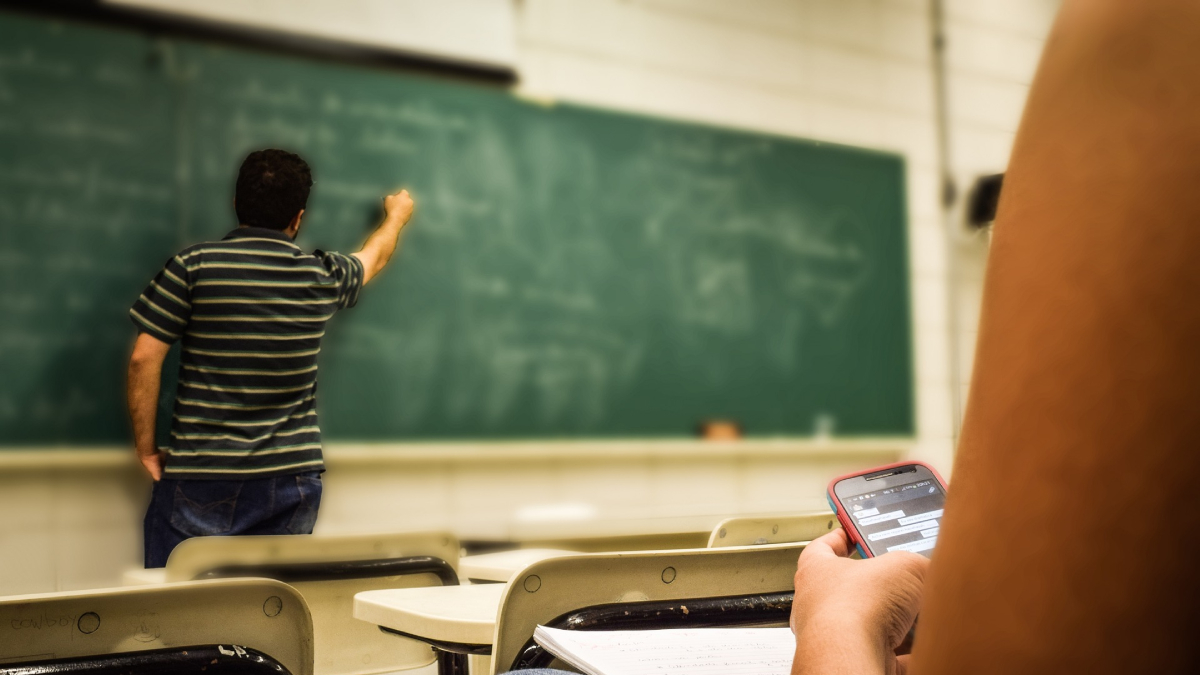Filipino students ranked among the lowest globally in creative thinking, according to the latest results from the Programme for International Student Assessment (PISA) 2022. In this inaugural creative thinking evaluation, 15-year-old students from the Philippines scored an average of 14 points, placing them in the bottom four of 64 participating countries.
This new segment of the PISA test measures how students use their imagination and creativity to develop and refine ideas. The Philippines found itself grouped with Albania, Uzbekistan, and Morocco, all scoring similarly low. The nation’s average was significantly below the Organization for Economic Cooperation and Development (OECD) average of 33.
Top performers in this assessment were Singapore, Korea, Canada, Australia, and New Zealand, with scores ranging from 36 to 41. The disparity between the highest and lowest scoring countries is pronounced, with only about 3% of Filipino students matching the creative thinking abilities of an average Singaporean student.
A staggering one-third of Filipino participants scored at the lowest proficiency level of the test. In contrast, Singapore reported no students at this level. Other Southeast Asian nations also participated, with Indonesia, Malaysia, Brunei, and Thailand scoring above the Philippines but below the OECD average.
PISA describes creative thinking as the capability to engage in generating, evaluating, and improving ideas that lead to innovative solutions and advancements. The 2022 test challenged students with tasks in written and visual expression, as well as social and scientific problem-solving.
Interestingly, the PISA 2022 results indicated that Filipino students who showed a higher level of curiosity scored notably better in creative thinking. This suggests a potential area of focus to enhance student creativity and performance in academic and real-world scenarios.






